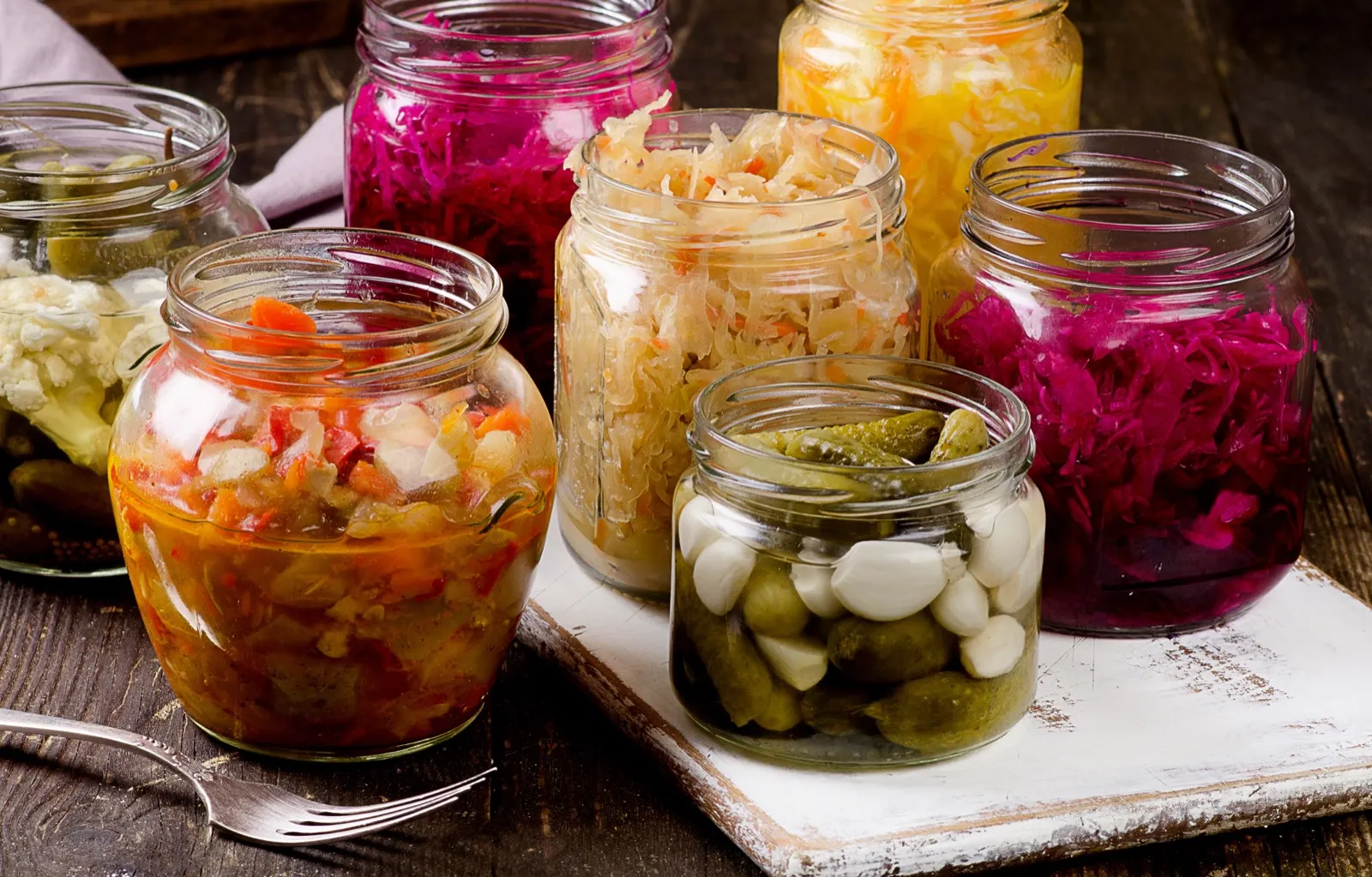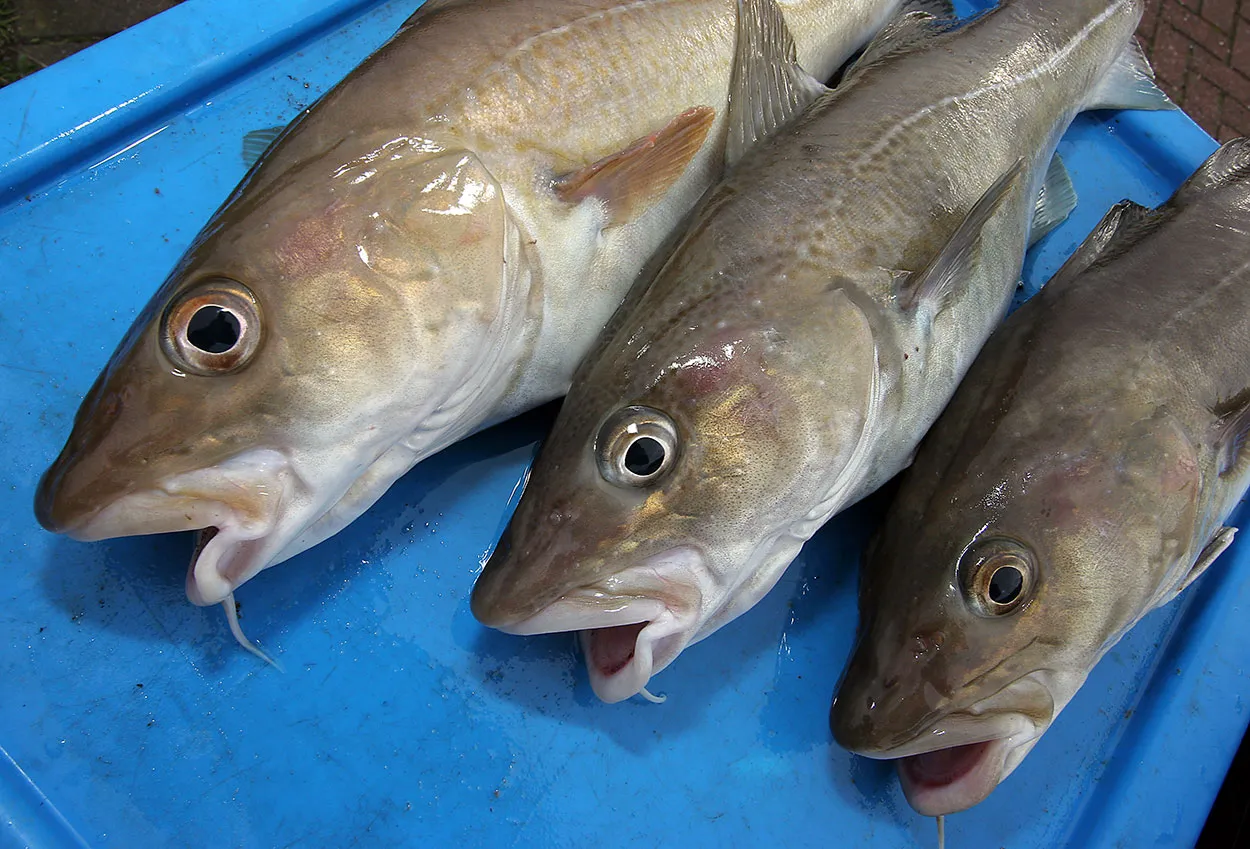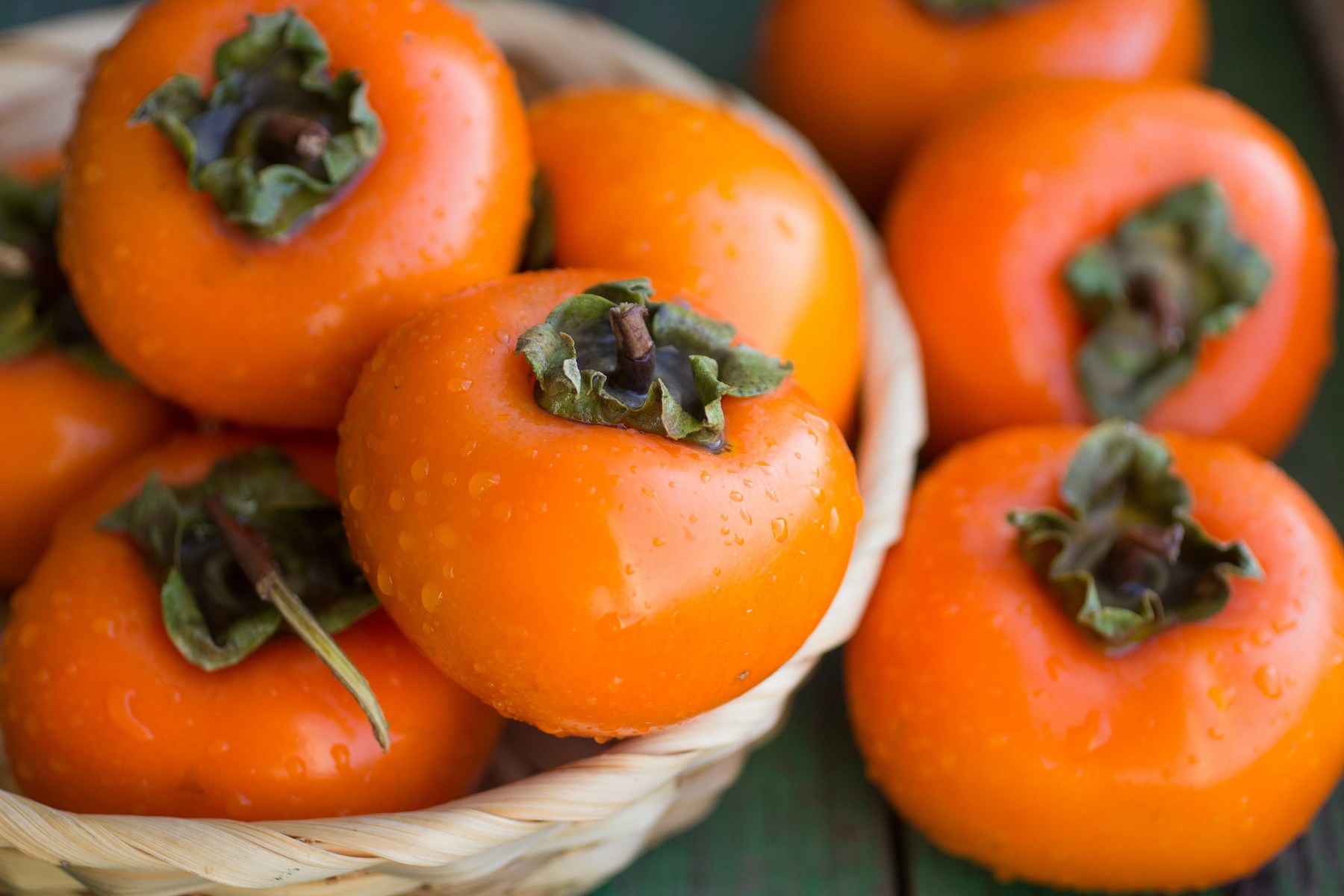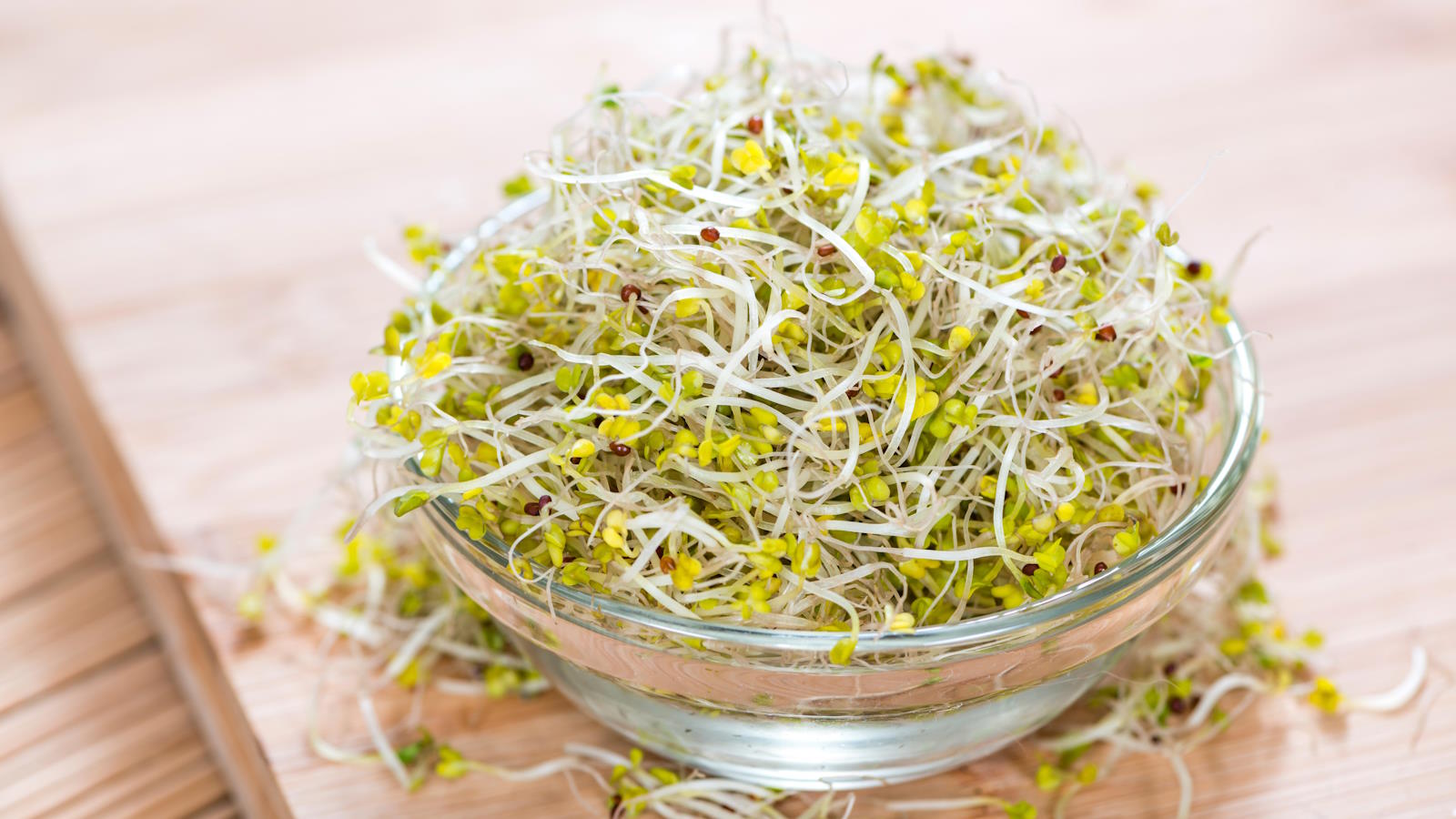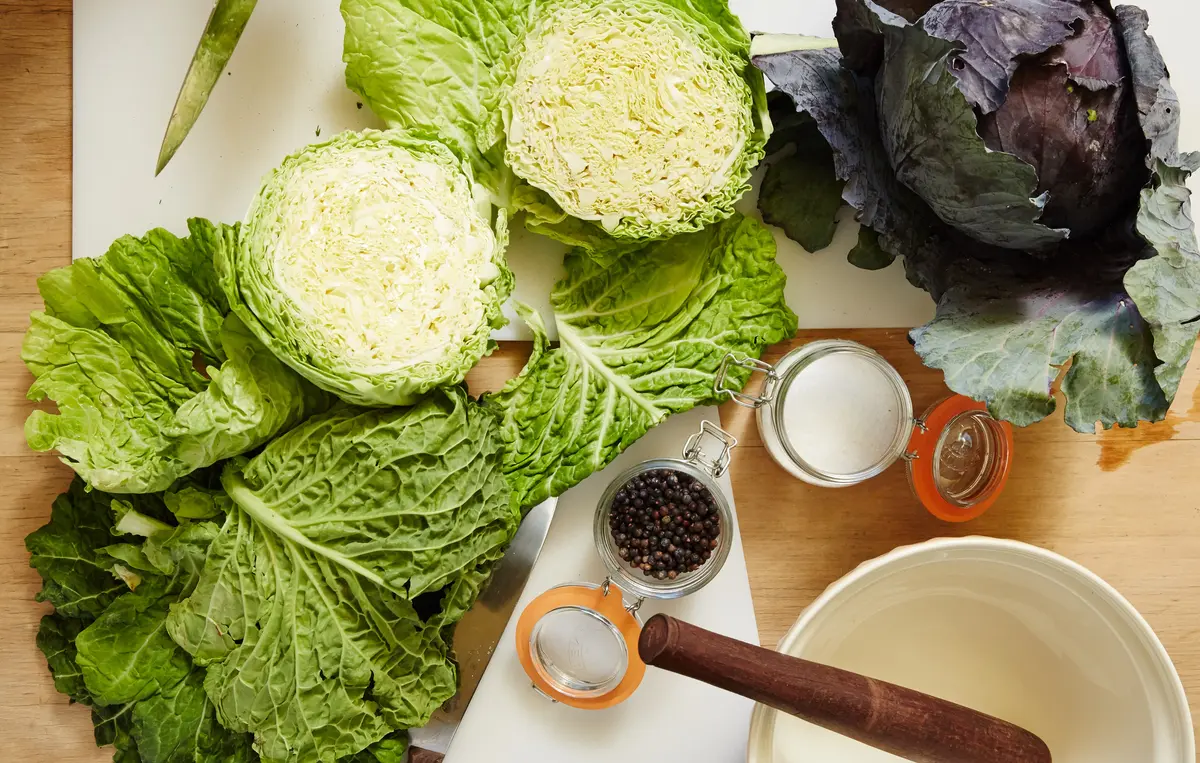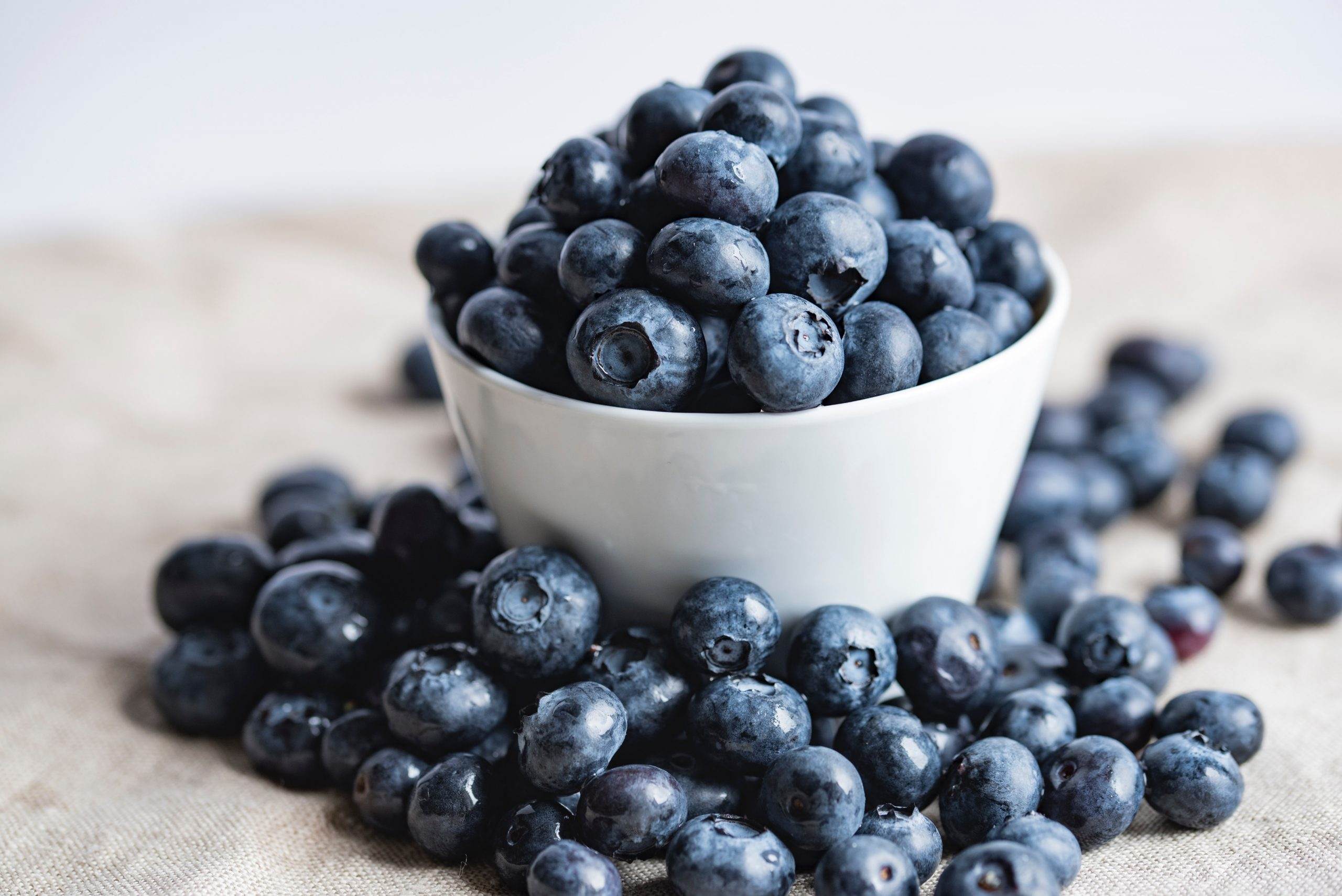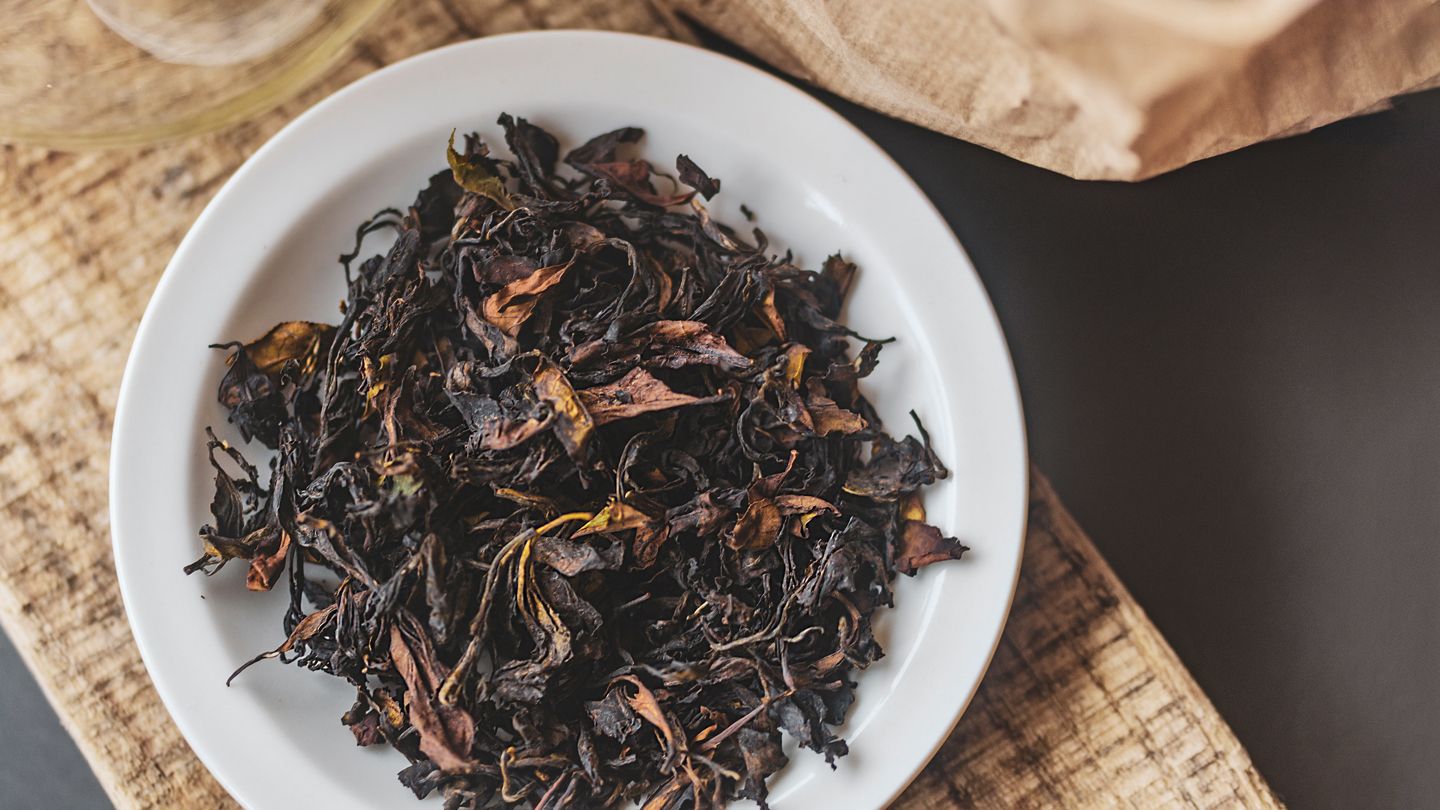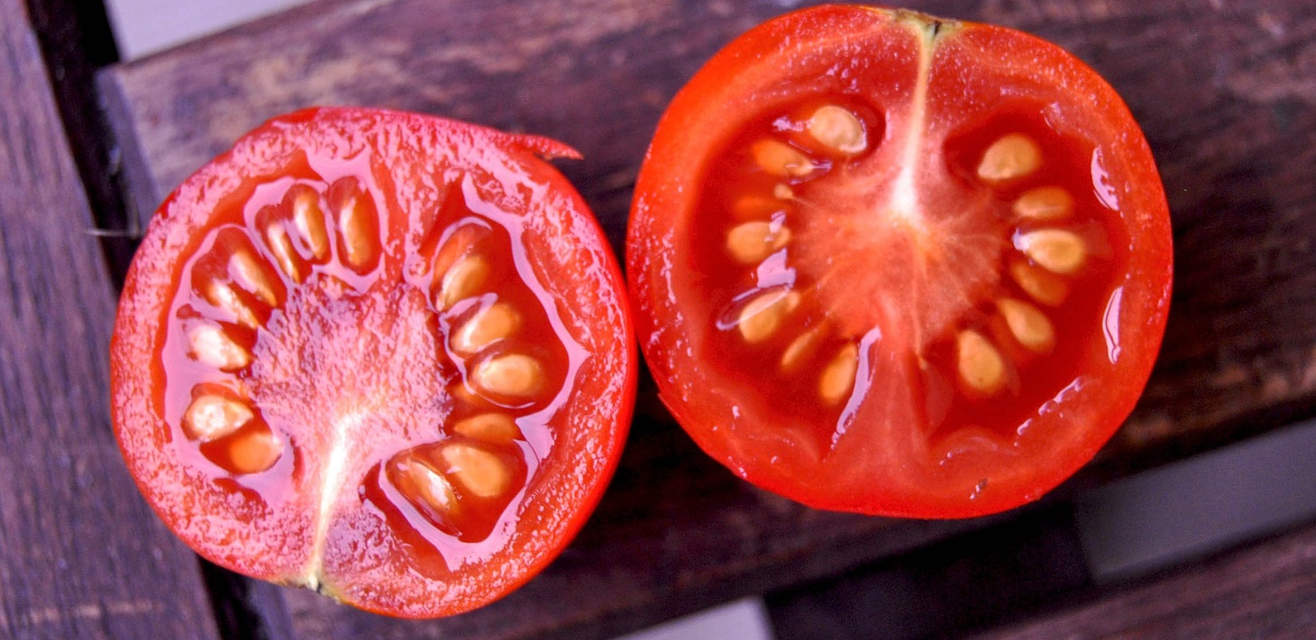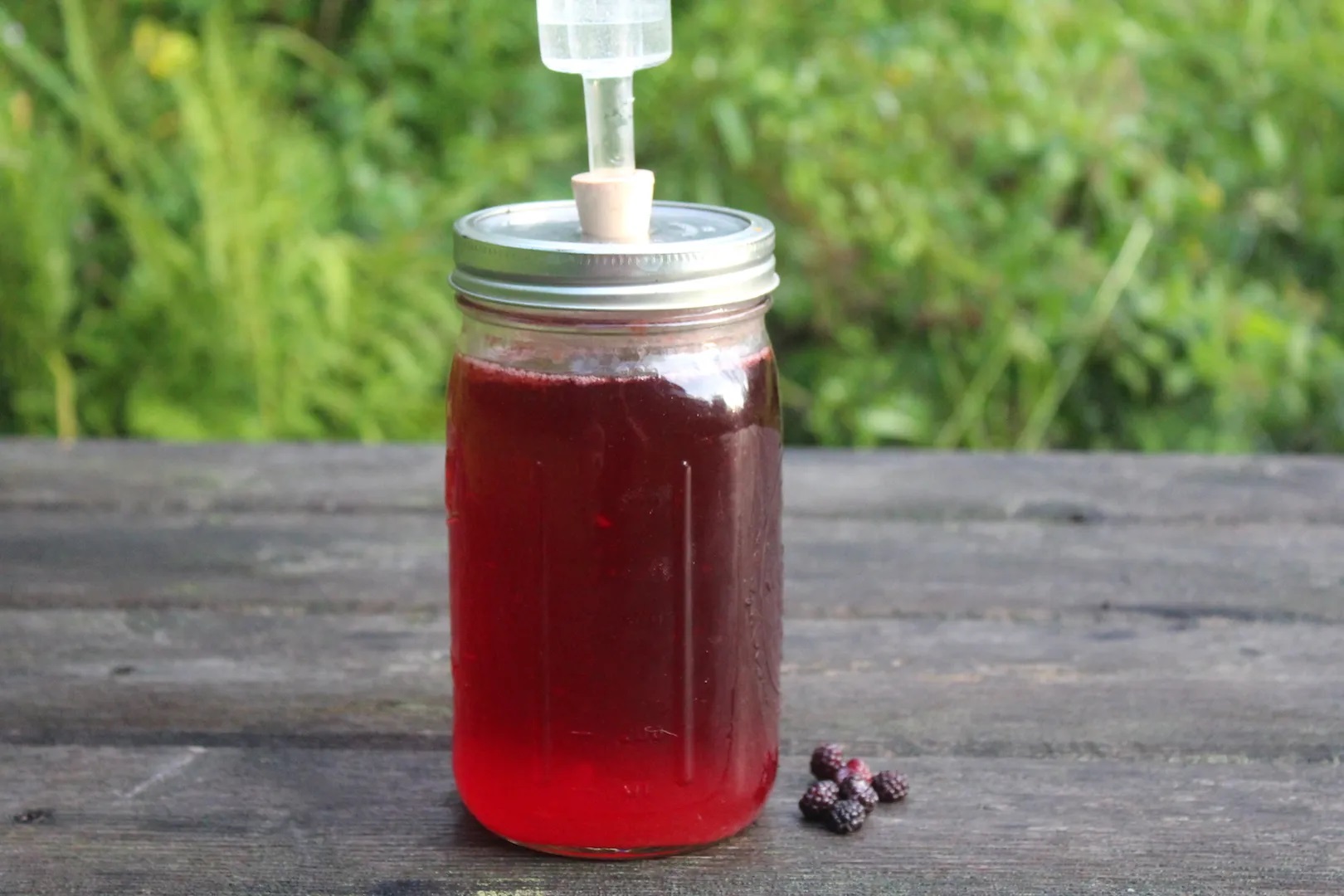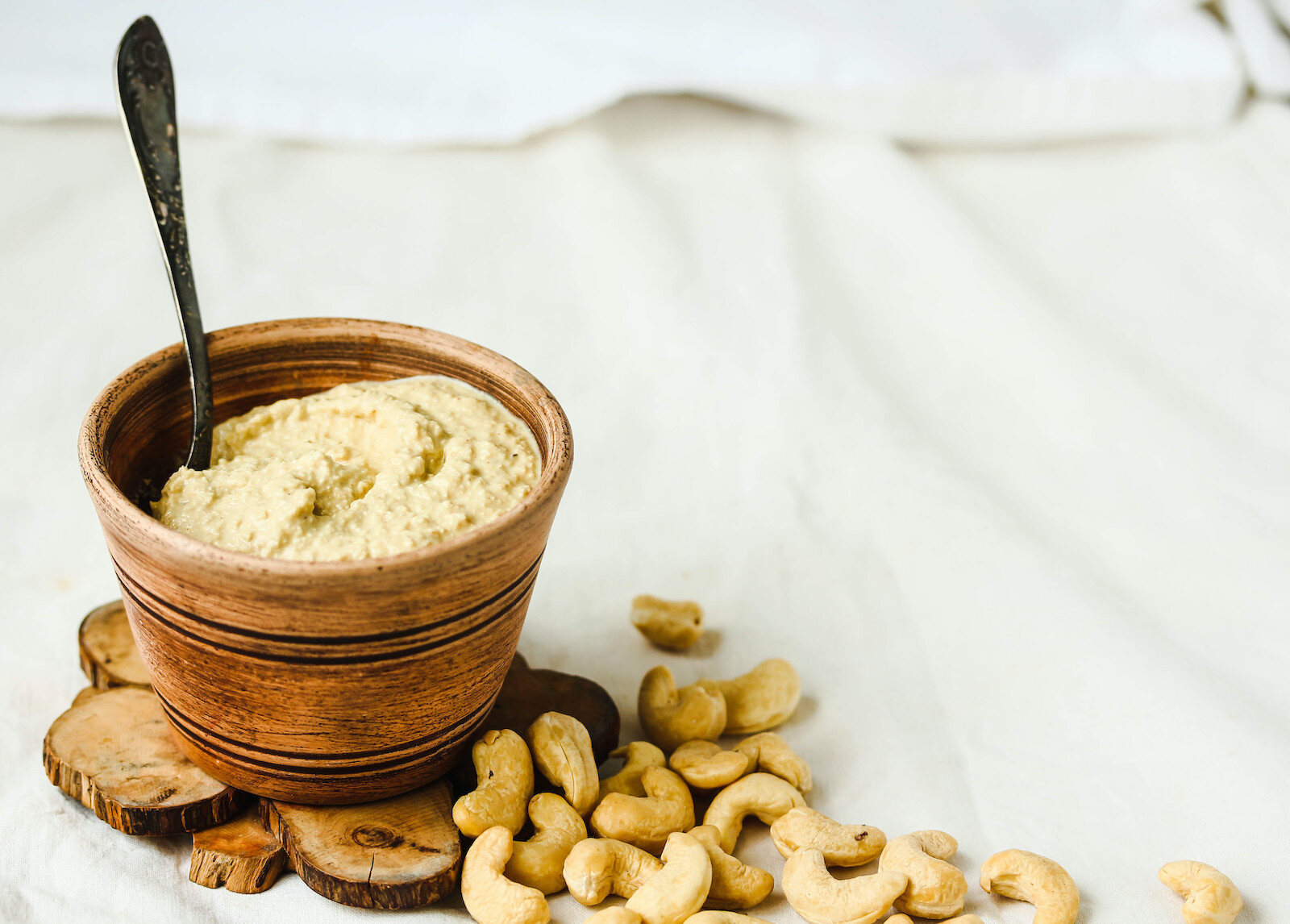Unlocking the Art of Sake Fermentation
Are you a fan of Japanese cuisine and culture? If so, you’ve likely come across the popular Japanese rice wine known as sake. Sake has a rich history and is an integral part of Japanese traditions and customs. Have you ever wondered how this delicious beverage is made? The answer lies in the art of sake fermentation. In this article, we will delve into the fascinating world of sake fermentation and explore the steps involved in creating this beloved drink.
Understanding the Fermentation Process
Before we dive into the specifics of sake fermentation, it’s essential to understand the basics of the fermentation process. Fermentation is a natural and biochemical process in which microorganisms, such as yeast and bacteria, break down organic substances, like rice, to produce alcohol and other byproducts. In the case of sake, the fermentation process is crucial in transforming rice into the flavorful and aromatic beverage that we know and love.
Key Ingredients for Sake Fermentation
When it comes to sake fermentation, the key ingredients play a vital role in shaping the final product. The primary components involved in sake fermentation include:
1. Rice:
The type of rice used in sake production is crucial. Specially cultivated sake rice, known as shuzo kotekimai, is used to ensure the desired texture and flavor profile of the final product.
2. Water:
High-quality water is essential for sake fermentation. The mineral content and purity of the water can significantly impact the overall taste and character of the sake.
3. Koji:
Koji is steamed rice that has been inoculated with a mold called Aspergillus oryzae. This mold is responsible for breaking down the rice starches into fermentable sugars, a crucial step in the sake fermentation process.
4. Yeast:
The yeast used in sake fermentation is a specific strain known as sake yeast. This yeast plays a central role in converting the sugars produced by the koji into alcohol, resulting in the creation of sake.
The Fermentation Process: Step by Step
Now that we’ve covered the essential ingredients, let’s explore the step-by-step process of sake fermentation:
1. Rice Polishing:
The first step in sake fermentation is rice polishing. The outer layers of the rice grains are milled away to expose the starchy core, which is essential for producing high-quality sake.
2. Washing and Soaking:
Once the rice is polished, it is washed and soaked to prepare it for steaming. This step helps to remove excess surface starch and ensures that the rice is ready for the next stage of the process.
3. Koji Production:
During this phase, the koji mold is introduced to the steamed rice, initiating the enzymatic process that converts the rice starches into fermentable sugars. The koji production is a critical step that sets the stage for the subsequent fermentation process.
4. Moromi Fermentation:
The moromi, or main mash, is created by combining the koji, steamed rice, and water, along with the addition of yeast. This mixture is allowed to ferment over several weeks, during which the sugars are converted into alcohol, resulting in the creation of sake.
5. Pressing and Filtration:
Once the moromi fermentation is complete, the resulting liquid is pressed to separate the sake from the remaining solids. The sake is then filtered to achieve the desired clarity and flavor profile.
6. Maturation:
After filtration, the sake is aged for a period of time to allow the flavors to mellow and develop complexity. This maturation process is crucial for achieving the desired taste and aroma of the final product.
Appreciating the Art of Sake Fermentation
Sake fermentation is a meticulous and time-honored process that requires precision, expertise, and a deep understanding of the ingredients involved. The careful orchestration of each step in the fermentation process is essential for producing sake of the highest quality, with a rich and nuanced flavor profile that reflects the artistry and dedication of the brewers.
So, the next time you raise a glass of sake, take a moment to appreciate the centuries-old tradition and craftsmanship that goes into creating this exceptional beverage. The art of sake fermentation is a testament to the ingenuity and creativity of the brewers who have perfected this time-honored practice, resulting in a drink that continues to captivate enthusiasts around the world.
Whether enjoyed on its own or paired with your favorite Japanese dishes, sake is a beverage that embodies the spirit of celebration and camaraderie. Now that you understand the intricacies of sake fermentation, you can savor each sip with a newfound appreciation for the craftsmanship and dedication that make sake a truly remarkable libation.
Was this page helpful?
Read Next: How To Ferment Rice To Make Wine
